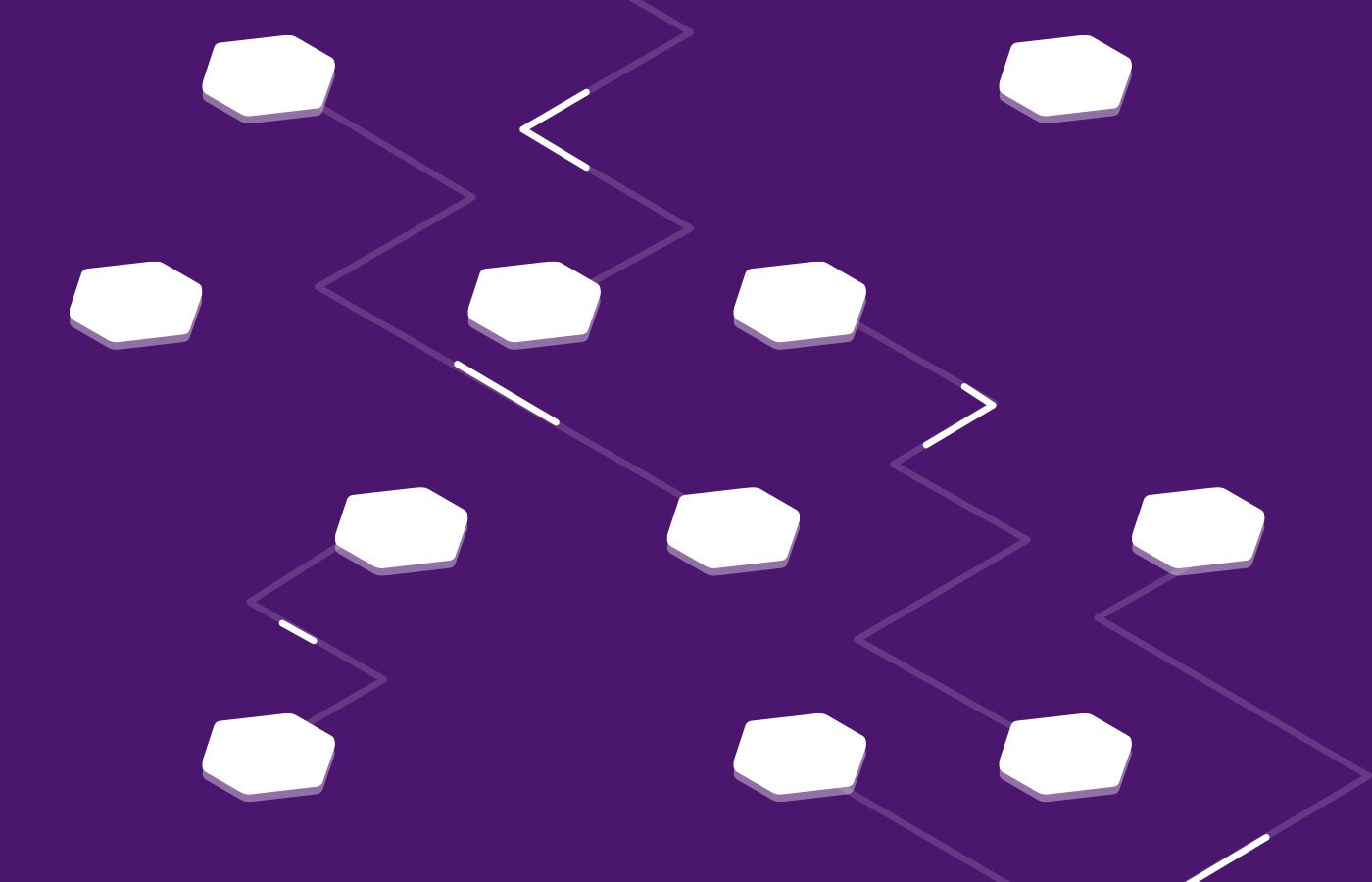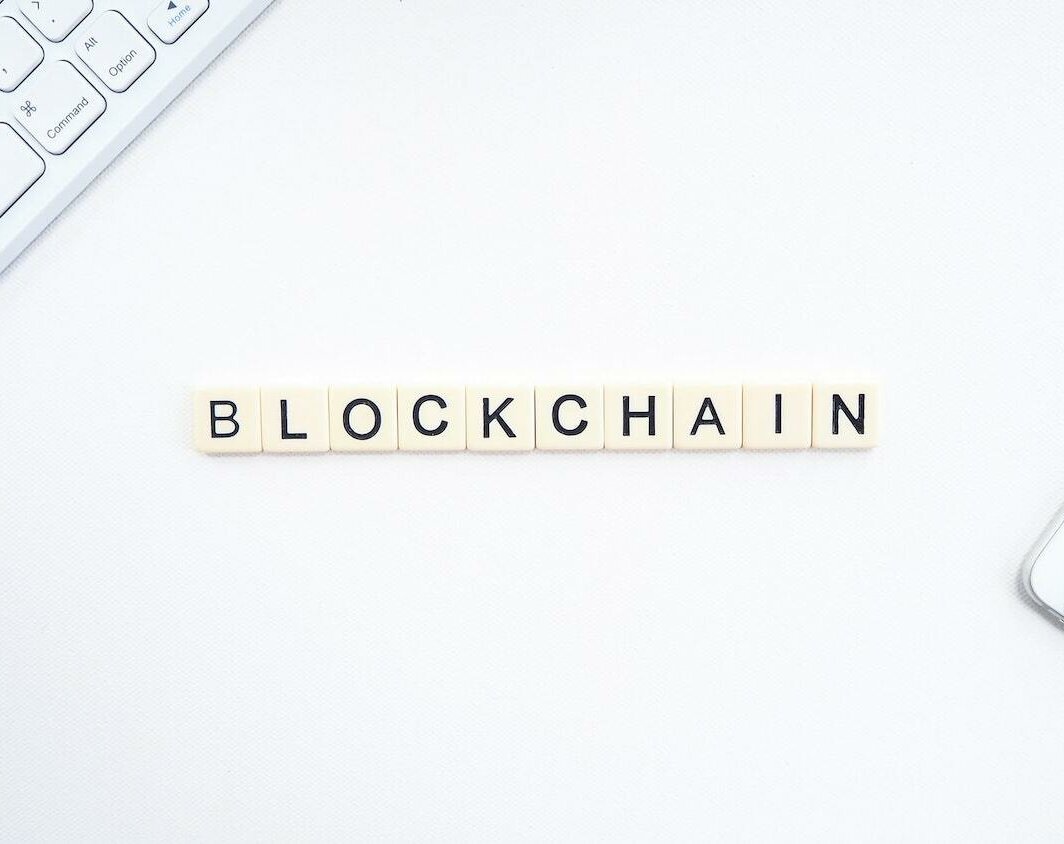blog
Blockchain's Impact on the Retail Industry: Opportunities and Challenges
By Mohan S Business January 25, 2023

The retail industry is currently undergoing significant changes, driven by a number of factors including technological advancements, improved customer experiences, sales enablement apps, further driven by the COVID-19 pandemic.
Would you like to explore the top technologies disrupting retail in this decade?
Ways in which blockchain can help
Blockchain technology can serve to strengthen up this trust between the retail industry and their customers by increasing the transparency, enhancing auditability, and providing confidence in the processes involved.
Five key forces of blockchain technology can serve as a platform to protect artist rights.

Supply chain management
Blockchain works as a decentralized database where data is recorded from all sources involved. This makes the platform a transparent and secure place for a supply chain in retail. The information is encrypted and can only be accessed by people with authorization.
Blockchain in retail supply chain addresses issues such as:
Unethical behavior by suppliers
Keeping tab on supplies
Identifying the sustainability of products
Complying to regulations
Waste management
Time management
Maintaining transparency
Most often retailers are the farthest from the whole manufacturing process and blockchain provides them an opportunity to be included in each and every process of the supply chain. This way they can assure their customers that the quality of products mentioned have been checked and approved by the retailers themselves. Blockchain is able to give retailers the required visibility into the process of production, shipping, customs and more.
Payment Processing
Blockchain payments are secure, faster and cost less due to an established process of a distributed and fixed ledger. Blockchain payments don't require intermediaries to handle payment processes, making the payment a cheaper and quicker process.
Payments amidst customers and a seller from different countries are easier today as blockchain allows their respective banks to be linked with the same blockchain network.
How does blockchain solve this?
The payment from the customer can be converted into the blockchain network's native cryptocurrency such as Stellar Lumens (XLM) or Ripple (XRP). This cryptocurrency is moved to the Stellar or Ripple payment network and converted into the currency of merchants country/bank account. It is converted at the best available exchange rate and the amount is then credited to the merchant's account.
A normal payment method is a complex process because of currencies, multiple bank locations, exchange rates, taxes, fees and intermediaries. Blockchain payments consume less time in comparison and are simpler to handle.
Customer Data Management
Blockchain’s properties — transparency, immutability, and security — make it reliable and trustworthy for applications such as supply chain management, smart contracts, financial reporting, the Internet of Things, the management of private (e.g., medical) information, and, even, electrical grid management.
Blockchain is transparent, fixed and secure. Making it the most reliable application for supply chain management, smart contracts, financial reporting, IoT, and the management of private information. The transmission model helps reduce the cost of transactions, verifies and exchanges ownership efficiently while enabling micropayments as well.
1. Micropayments and microtransaction
Credit card transactions routinely charge 3% processing fees. Vendors pay listing and sales fees on platforms like Shopify. These fees are the reason the cost of a product is usually higher than it should be. This is then paid by consumers. Blockchain has near zero transaction costs. It even supports microtransactions. Mastercard or Visa are offering an option to send money in local currencies via blockchain, freeing consumers from cross border fees.
2. Protect consumer data
Third party intermediaries like Google and Facebook offer marketers paid customer data and information. Blockchain can remove third parties altogether and motivate consumers to share their personal information. Blockchain can offer users a minimal compensation if they downloaded a certain app and allowed them access to their information such as their location etc, directly. This way the risk of fraud is reduced and the user information can not be misused.
Detect and prevent fraud
Blockchain also minimizes the chances of several types of frauds. These include :
Financial Fraud- Suspicious activities can be detected easily through blockchain because data is recorded in real time and is only updated with the approval of all parties involved.
Identity Fraud: Identity theft is one of the major issues online. Thanks to the strong authentication process in blockchain, personal information is safe.
Supply Chain Fraud: Supply chain involves too many people which eventually means many people have access to the data. Blockchain requires each person an access only by authorization from others involved, making it secure.
Loyalty Programs
Loyal customers can mean profit for an organization. Loyalty programs are designed to serve recurring customers and the implication of blockchain can assure that customers gain from these programs.
Dig deeper: 3 essential elements of of customer loyalty programs
Smart contracts in a Blockchain loyalty program allows all reports to be secure and trackable. The transactions to legacy systems are transparent which results in reduced errors and frauds and hence cost is saved.
Blockchain loyalty program also allows recorded transactions which can be accessed by multiple involved parties in near real time. This means a loyalty rewards program provider can escape coordination and simply credit points faster.
Blockchain provides an immutable and time stamped database of every transaction ever. Every transaction becomes traceable this way. This means errors like double spending, fraud, abuse and manipulations of the transactions are not possible without being detected anymore.
Inventory Management
Even though blockchain was not designed to serve the inventory processes in factories and warehouses, it has quickly proved very useful in these operations as well. Blockchain allows warehouses, manufacturers, suppliers, production houses, distribution centers and retail partners to connect on a single platform and access the process information safely. Resulting in better inventory management
Even though quite a novice in the inventory process, blockchain can revolutionize functions at all levels in inventory operations. From inventory management to tracking of logistics, blockchain can validate data and reduce chances of tampering.
Considerations while implementing blockchain
Similar to every transition, there are some points to consider before implementing blockchain technology in your business.
Identifying a use case - Focus on what are the needs of your business. Ask questions like - Why do you require a blockchain solution for your business? What can you achieve with blockchain implementation?
Integration with legacy systems - For a growing technology like blockchain, switching completely to it should not be the course for any business. Interoperability with legacy systems is needed for businesses without the blockchain technology.
Choosing the right platform - Before deciding on a blockchain platform for your business, you need to see into sections like activity, language support, type of network, technical support and popularity. These will help you come up with the best solution.



